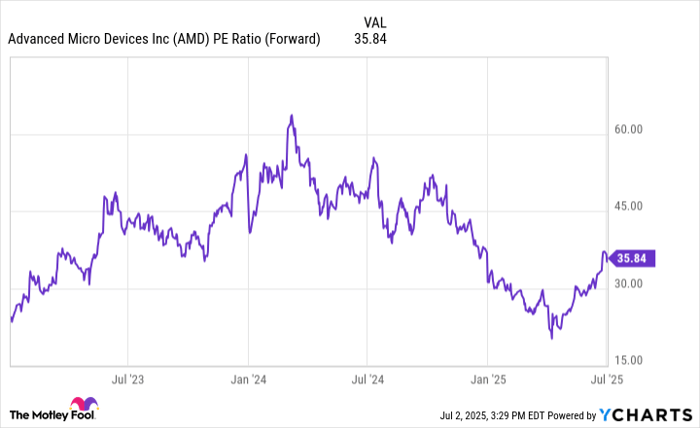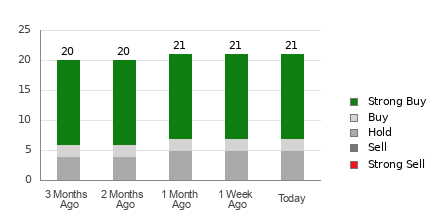
asbe/iStock via Getty Images
Investor sentiments shifted to a more bearish tone amidst recent inflation data that has been raising concerns about an impending recession.
Sentiments remained predominantly optimistic for the week ended Feb. 14, with 42.2% of the voters in the American Association of Individual Investors (AAII) Sentiment Survey projecting an upward trend in the market over the next 6 months. However, this percentage decreased from the 49% recorded in the previous week.
Conversely, the percentage of bearish voters increased to 26.8% this week from 22.6% a week ago. The percentage of surveyors who foresee no change in the market direction over the coming 6 months also rose to 31.1% from 28.4%.
These results coincide with an unexpected rise in inflation for January, with the inflation rate significantly exceeding the Federal Reserve’s 2% target. The Consumer Price Index (CPI) report for the month displayed pronounced acceleration in both All Items CPI and Core CPI. In light of this, Seeking Alpha author James Kostohryz stated that the Fed should adopt a more hawkish stance in order to temper market expectations concerning the timing and extent of potential rate cuts in 2024.
BlackRock articulated in its weekly market commentary that it posits the Fed will not be able to cut rates as swiftly as anticipated by some market participants. Instead, ongoing wage pressures in a tight U.S. labor market are poised to propel inflation into unforeseen territory beyond 2024.
“We believe resurgent inflation will eventually materialize and challenge sentiment,” BlackRock expressed.
According to Scott Chronert, Head of U.S. Equity Strategy at Citi Research, the banking and brokerage firm envisions a mild recession taking place around mid-year. This scenario would ensue from a waning employment landscape and a potential downturn in consumption data points. Nonetheless, despite the firm’s forecast of a mid-year mild recession, most equity markets across various sectors have already weathered earnings recessions. Hence, the firm remains sanguine regarding the S&P 500’s prospects.
Following the release of the inflation data, key U.S. Treasury yields surged to their highest levels in 2024.
Another noteworthy revelation was January’s retail sales data, indicating a more substantial decline than anticipated. The upturn in consumer prices led to an increase in mortgage rates, which, in turn, could result in a potentially sluggish spring homebuying season. Unsurprisingly, mortgage applications subsequently decreased.
Major indices experienced marginal declines over the last 5 days, with the NASDAQ Composite Index (COMP.IND) sliding by approximately 0.95%, and the Dow Jones Industrial Average Index (DJI) dipping by about 0.10%.
Meanwhile, the S&P 500 (SP500) registered a decrease of around 0.26%. Here’s a review of the S&P 500 subsectors’ performance in the last 5 days:
- Energy (XLE): +1.29%
- Materials (XLB): +1.24%
- Industrial (XLI): +1.06%
- Consumer Discretionary (XLY): -0.77%
- Consumer Staples (XLP): -0.21%
- Financial (XLF): +1.51%
- Technology (XLK): -1.65%
- Communication (XLC): +0.84%
- Utilities (XLU): +1.22%
- Real Estate (XLRE): +0.14%
- Health Care (XLV): +0.75%
More on related topics:









